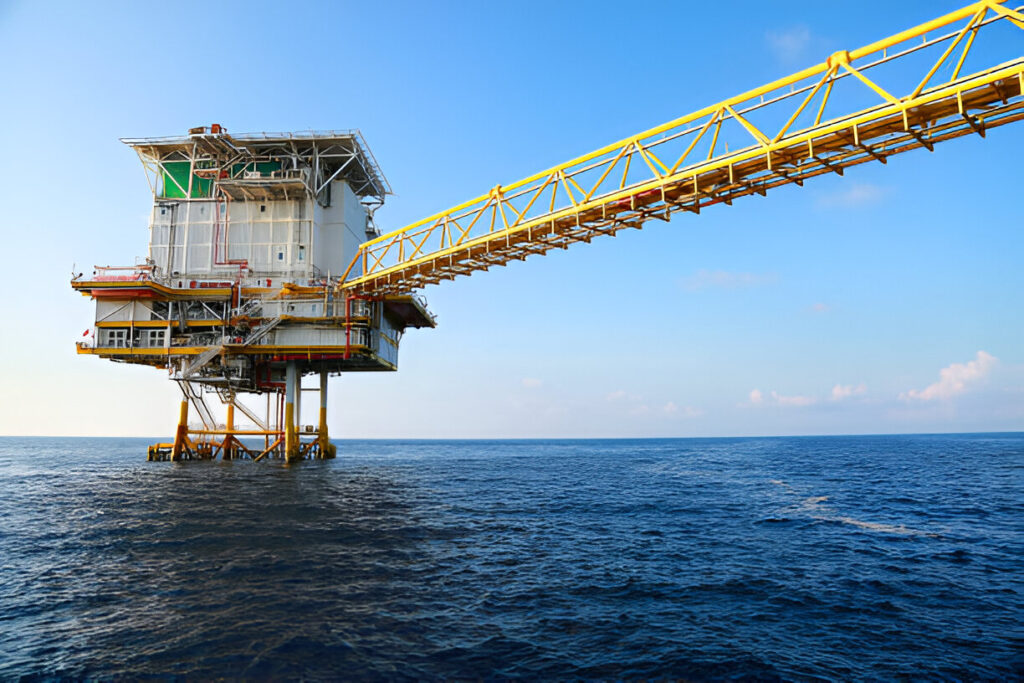Key Takeaways
- Understand the reasons behind offshore decommissioning.
- Explore different methods used in decommissioning projects.
- Gain insight into regulatory compliance requirements.
- Learn about potential environmental impacts and mitigation strategies.
- Discover technological advancements in decommissioning practices.
Table of Contents
- Introduction to Offshore Decommissioning
- Reasons for Offshore Decommissioning
- Standard Methods Used in Decommissioning Projects
- Regulatory Compliance in Decommissioning
- Environmental Impacts and Mitigation Strategies
- Technological Advancements in Decommissioning
- Future Prospects for Offshore Decommissioning
Introduction to Offshore Decommissioning
Offshore decommissioning is a critical phase in the lifecycle of offshore structures. As these installations end their operational life, it becomes necessary to dismantle and remove them responsibly. The decommissioning process addresses safety and environmental considerations and involves complex logistical, financial, and technical challenges. Successfully managing these projects requires a comprehensive understanding of multiple disciplines. If you’re keen to learn about offshore decommissioning projects, this guide offers insights into an essential maritime industry sector. Understanding the essentials of decommissioning can aid in appreciating the complexities involved in taking structures offline safely and sustainably.
Much like construction, decommissioning necessitates meticulous planning and execution. It involves collaboration across multiple stakeholders, including governments, environmental agencies, and private enterprises. There is a growing movement within the industry to achieve decommissioning objectives while minimizing environmental impact, leading to innovative practices and technology adoption.
Reasons for Offshore Decommissioning
Various factors can lead to the need for offshore decommissioning, including economic viability, safety concerns, and environmental protection mandates. Often, older platforms become too costly to maintain or retrofit for continued use. It becomes economically prudent for many companies to dismantle aging structures rather than invest heavily in their upkeep. In some instances, natural degradation or evolving safety standards mean structures no longer comply with current regulations, necessitating safe and planned decommissioning.
In addition to economic and safety factors, environmental objectives often drive decommissioning. With stricter environmental regulations, companies are required to minimize their ecological footprint, reclaim habitats, and ensure that marine life remains undisturbed. This focus aligns with growing global demands for environmentally conscious business practices, highlighting industries’ need to act responsibly toward the ecosystems they affect.
Standard Methods Used in Decommissioning Projects
Several methods are commonly employed in offshore decommissioning projects, each with unique advantages and disadvantages. Complete removal involves fully dismantling structures and taking them ashore for disposal or recycling. This approach ensures that the marine environment is returned to its natural state, but it can be costly and technically challenging. Partial removal is another standard method in which part of the structure remains. It creates artificial reefs that can enhance marine life habitats. The choice between complete and partial removal often depends on the location’s environmental considerations and stakeholder preferences. Occasionally, platforms are repurposed rather than removed, adapted for alternative uses like carbon capture or renewable energy generation. Each method presents unique challenges and must align with project objectives and regulatory guidelines, ensuring that all actions are safe and sustainable.
Regulatory Compliance in Decommissioning
Compliance with regulations is paramount in offshore decommissioning. Regulatory frameworks guide the proper procedures, prioritizing safety and environmental protection. Organizations offer standards that facilitate uniformity and safety across global projects. These regulations are fundamental in protecting marine ecosystems and ensuring that decommissioning activities do not adversely affect them. Adhering to these guidelines cannot be overstated, as they also protect communities and industries that rely on healthy marine environments. Regulatory frameworks are continuously evolving, with greater emphasis on transparency and sustainable practices. Operators must stay informed about regulation changes, which vary significantly between regions and jurisdictions.
Environmental Impacts and Mitigation Strategies
If not carefully managed, decommissioning projects can have several environmental impacts. The removal of structures can disturb seabed habitats and local ecosystems. Activities such as cutting, lifting, and transporting components can inadvertently introduce pollutants and generate noise pollution, which may negatively affect marine life. However, there are effective mitigation strategies to minimize these adverse effects. For instance, companies can perform detailed environmental impact assessments to anticipate and manage potential risks. The involvement of marine ecologists ensures that decommissioning activities are carefully aligned with ecological considerations. Utilizing insights from organizations can help guide best practices for environmental protection, ensuring that ecosystems are preserved and restored wherever possible.
Technological Advancements in Decommissioning
Technological innovations continue to reshape offshore decommissioning by making operations safer, more efficient, and less intrusive. Robotics and automation are increasingly employed to perform unsafe or complex tasks for human divers. For example, drones and remotely operated vehicles (ROVs) can conduct inspections and execute precise dismantling tasks, reducing risks and enhancing accuracy. Moreover, cutting-edge software tools assist in creating detailed project plans, simulating potential challenges, and optimizing solutions. These technologies enable more efficient resource distribution and cost control while reducing environmental impact. As a continuous drive for innovation exists, the decommissioning industry should expect further integration of advanced technology to enhance operational effectiveness and promote ecological stewardship.
Future Prospects for Offshore Decommissioning
The field of offshore decommissioning is poised for transformation as energy landscapes evolve. With the gradual transition towards more sustainable energy sources, many offshore oil and gas rigs are expected to become obsolete. This shift will spur increased decommissioning projects worldwide, creating opportunities for technological innovation and international collaboration. Environmental considerations will remain a core focus, leading to increased efforts to utilize decommissioned structures in ecologically beneficial ways, such as creating artificial reefs or serving as foundations for renewable energy installations. By anticipating these trends, industry stakeholders can strategically position themselves to meet future demands while maintaining a commitment to environmental responsibility and sustainability.

